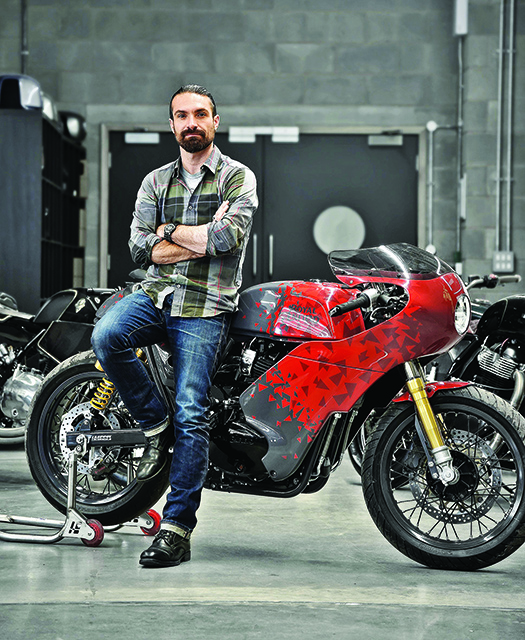Honda Racing India’s Rakshith Srihari Dave, a 15-year-old, is set to join the Idemitsu Asia Talent Cup 2024 and will be the sole Indian contender.
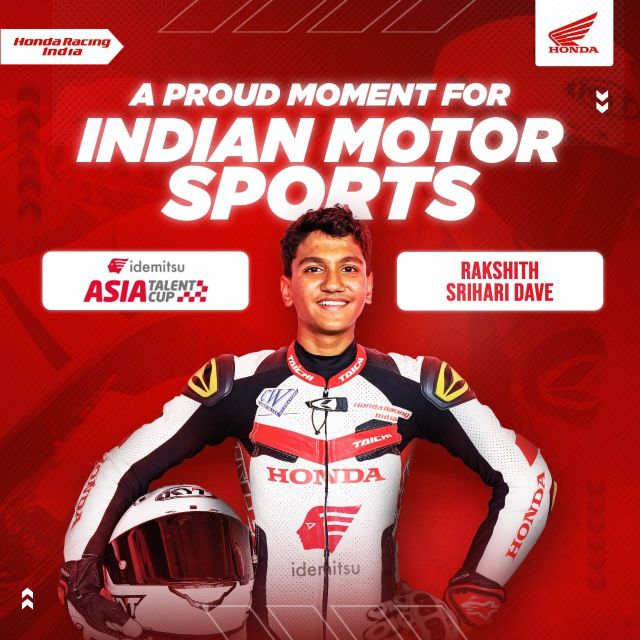
Best Bikes in India | No.1 Two Wheeler Magazine
Honda Racing India’s Rakshith Srihari Dave, a 15-year-old, is set to join the Idemitsu Asia Talent Cup 2024 and will be the sole Indian contender.

We spoke to Yadvinder Singh Guleria, Chief Commercial Officer, Royal Enfield, about the manufacturer’s latest apparel line.
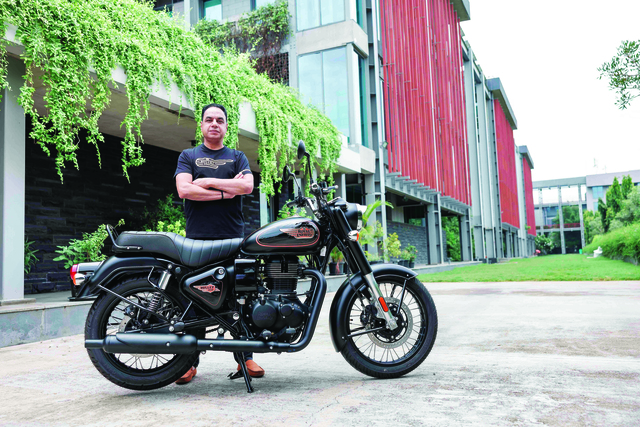
We had an opportunity to talk to V Sivaramakrishnan, Chief Technology Officer, TVS Srichakra Limited, in the course of the TVS Eurogrip Roadhound tyre test. He had some interesting things to say. Here are the excerpts.
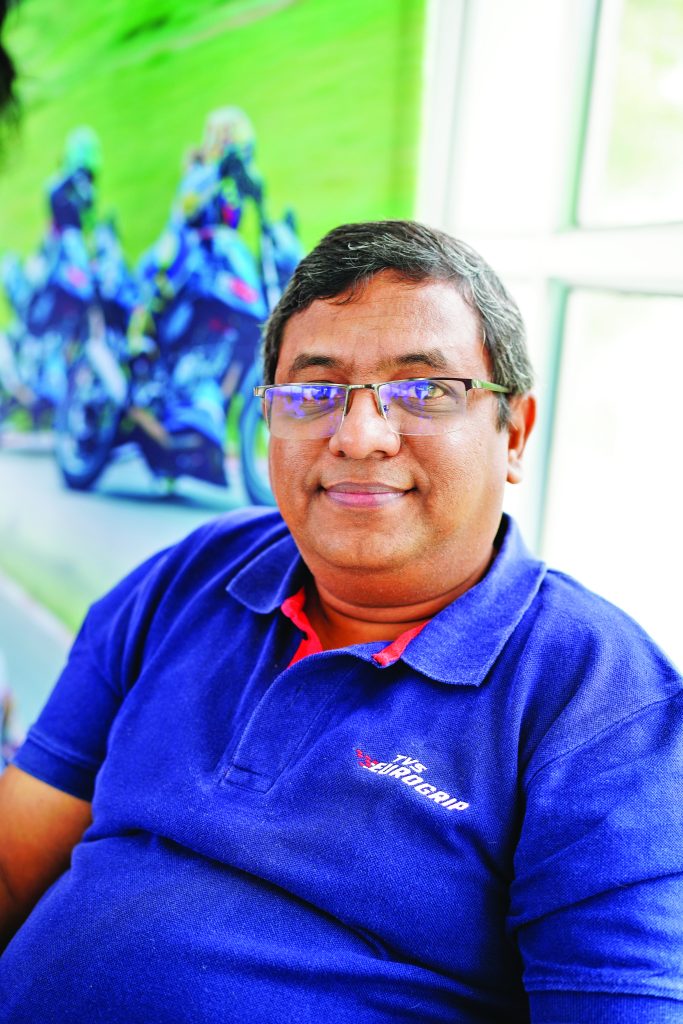
Eishin Chihana, Chairman, Yamaha Motor India, speaks to us about upcoming launches and the company’s future plans.
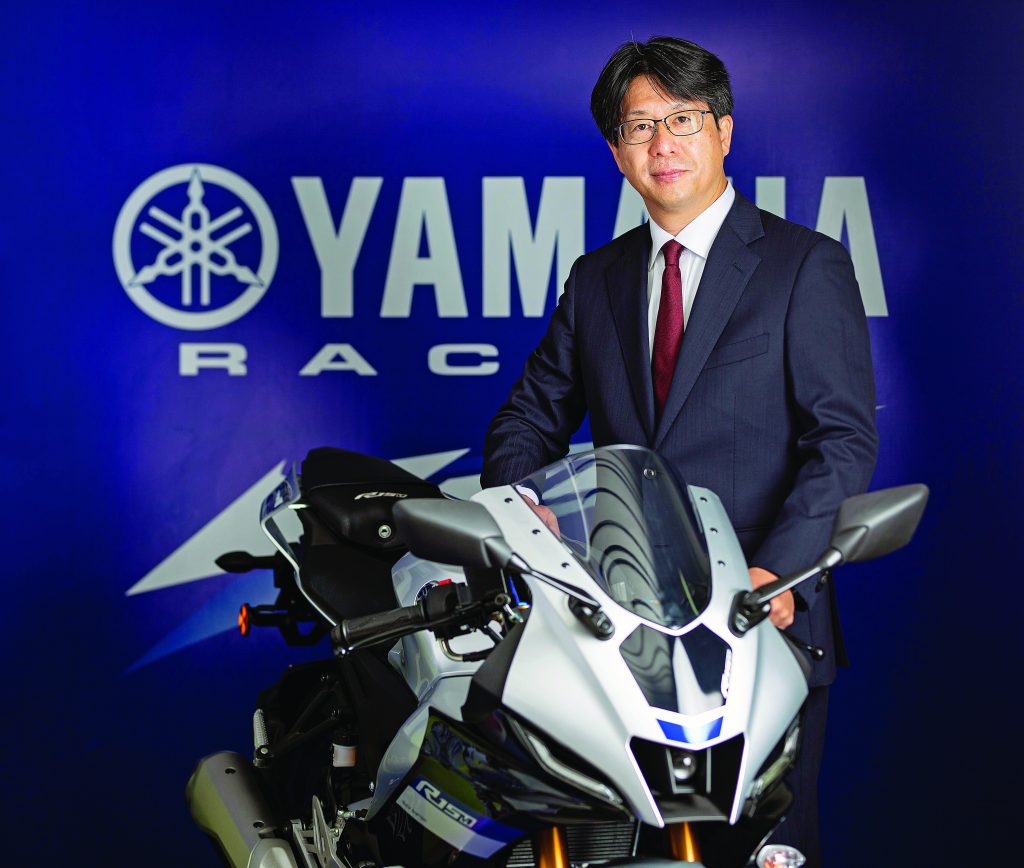
We speak to Adrian Sellers, Head of Custom Program & Motorsport, Industrial Design Department, Royal Enfield, about the Continental GT Cup
